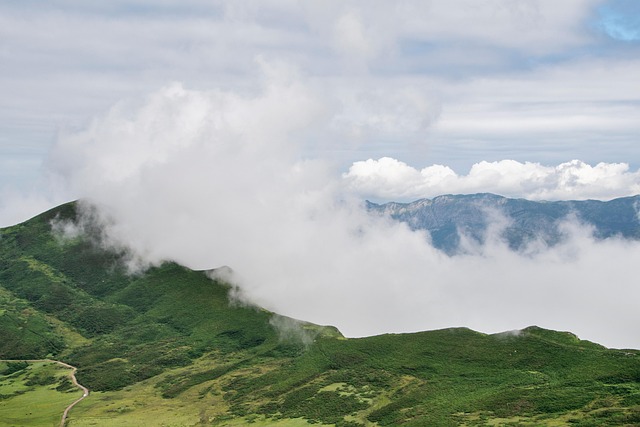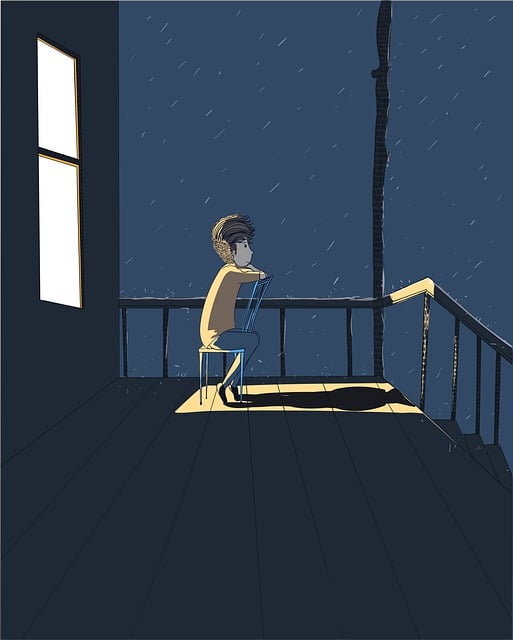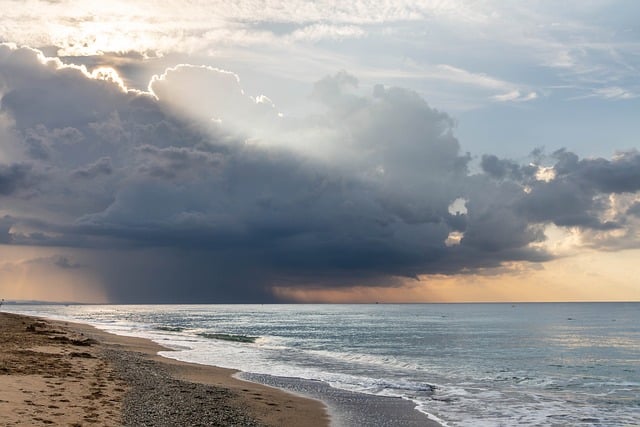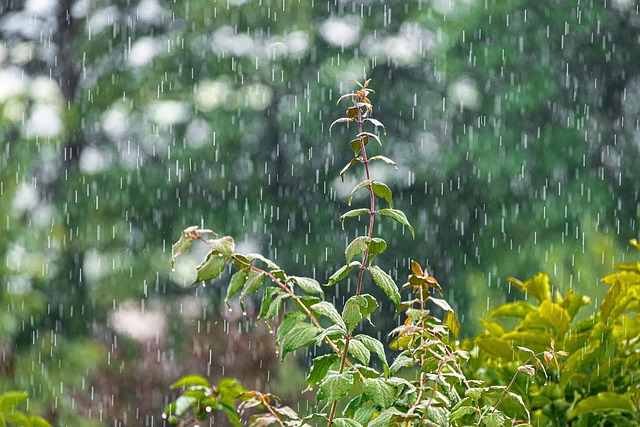Karachi, Pakistan's economic powerhouse, presents a fascinating case study of modern urban development and its climatic implications. The city's dense urbanization, characterized by high-rise buildings and limited green spaces, creates unique microclimates, notably the heat island effect. This transformation impacts temperature, humidity, and air quality, challenging residents and public health. To mitigate these effects, Karachi can adopt sustainable practices such as urban greening, smart city technologies, eco-friendly transportation, and green building standards, fostering a more livable and resilient urban environment tailored to its coastal context.
Karachi, as one of the world’s fastest-growing metropolitan areas, serves as a microcosm of modern cities grappling with urban development’s climate impact. This article delves into how Karachi’s urban landscape, characterized by concrete jungles and heat islands, is modifying local weather patterns. We explore the role of green spaces in sustainable urban development, offering cooling solutions. Furthermore, we present strategies for adaptation and mitigation to navigate Karachi’s climatic challenges in a rapidly changing world. Understanding these dynamics is crucial for fostering climate resilience in urban environments, using Karachi as a case study.
- Understanding Karachi's Urban Landscape: A Microcosm of Modern Cities
- The Impact of Urbanization on Local Climate Patterns
- Concrete Jungles and Heat Islands: A Case Study of Karachi
- Green Spaces and Sustainable Urban Development: Cooling Down Karachi
- Strategies for Adaption and Mitigation in a Changing Climatic Scenario
Understanding Karachi's Urban Landscape: A Microcosm of Modern Cities

Karachi, Pakistan’s economic powerhouse and a bustling metropolis, serves as an intriguing microcosm of modern cities worldwide. Its urban landscape is characterized by dense high-rise buildings, expansive highways, and a vibrant yet chaotic mix of traditional and contemporary architecture. This urban fabric has evolved significantly over the past few decades, mirroring the rapid growth and transformation experienced by many global cities. The city’s unique geography, situated along the Arabian Sea coast, further adds to its distinct character, influencing both its climate and urban planning dynamics.
Understanding Karachi’s urban development provides valuable insights into how cities worldwide might adapt to the challenges and opportunities of a changing climate. The dense urbanization has led to complex microclimates within the city, with temperature variations between different neighborhoods. Moreover, the impact of concrete jungles on local weather patterns, including heat island effects and altered precipitation, is a phenomenon often observed in similar urban environments globally. By studying Karachi’s urban landscape, researchers can gain crucial knowledge about sustainable development practices that mitigate climate change impacts and foster more resilient cities.
The Impact of Urbanization on Local Climate Patterns

Urbanization, a defining feature of modern life, particularly in densely populated cities like Karachi, significantly alters local climate patterns. The physical structure of urban areas—with their concrete jungles and vast expanses of asphalt—creates microclimates that differ from surrounding rural regions. The heat island effect, well documented in cities worldwide, illustrates this phenomenon. During the day, buildings and roads absorb and retain solar radiation, making urban areas significantly warmer than their rural counterparts. At night, this stored heat slowly releases, contributing to elevated temperatures that can last into the early hours.
This modification of temperature regimes isn’t the only impact. Urbanization also affects humidity levels, wind patterns, and precipitation distribution. The replacement of natural landscapes with built-up areas reduces moisture absorption through vegetation, potentially leading to drier conditions. Additionally, the arrangement of buildings and infrastructure can funnel wind, creating localized gusts or protective corridors. These changes in wind patterns influence not just air quality but also the movement of pollutants and the dispersion of seeds and pollen, as seen in Karachi’s unique ecological dynamics.
Concrete Jungles and Heat Islands: A Case Study of Karachi

Karachi, Pakistan’s bustling metropolis, serves as a compelling case study for understanding how urban development shapes local weather patterns. The city’s transformation from a coastal haven to a concrete jungle has led to what is colloquially termed a “heat island” effect. High-rise buildings, paved roads, and limited green spaces have contributed to elevated urban temperatures compared to surrounding rural areas. This phenomenon is particularly pronounced during the hot summer months.
The dense urban fabric of Karachi traps heat, creating microclimates that differ significantly from nearby rural zones. The city’s rapid expansion has resulted in extensive concrete and asphalt coverage, reducing the natural cooling effects provided by vegetation and water bodies. Consequently, Karachi experiences higher overnight temperatures, increased humidity, and more intense heat waves, posing challenges for its residents and impacting various aspects of urban life, from energy consumption to public health.
Green Spaces and Sustainable Urban Development: Cooling Down Karachi

Karachi, Pakistan’s bustling metropolis, is a prime example of how urban development can significantly impact local weather patterns. As the city continues to grow, sustainable practices become increasingly vital for mitigating environmental challenges. One effective strategy is integrating green spaces into the urban landscape. Parks, gardens, and community green areas not only enhance the aesthetic appeal of the city but also serve as natural cooling mechanisms.
The heat island effect, a common phenomenon in metropolitan areas, can be countered by strategically placing green spaces. These areas provide shade, reduce air temperatures, and improve overall urban microclimates. Karachi’s commitment to sustainable urban development, coupled with an emphasis on green infrastructure, has the potential to significantly cool down the city, making it more livable for its residents.
Strategies for Adaption and Mitigation in a Changing Climatic Scenario

In Karachi, as in many urban centers globally, understanding and adapting to a changing climate is paramount. Strategies for adaptation and mitigation must be multi-faceted, addressing both immediate challenges and long-term sustainability. Urban greening initiatives, such as planting trees in dense urban areas, can significantly enhance heat island effects, reducing surface temperature and improving air quality. Smart city technologies, including advanced weather forecasting systems and efficient water management, can help residents prepare for extreme weather events like floods and droughts.
Moreover, sustainable transportation options like cycling lanes and pedestrian-friendly infrastructure can decrease carbon emissions from vehicles. Encouraging green building practices and renewable energy adoption in construction projects will not only mitigate climate change impacts but also create more resilient urban spaces. These measures, tailored to Karachi’s unique context, are crucial steps towards building a more sustainable and livable city in the face of a changing climate.
Urban development significantly shapes the weather of cities like Karachi, highlighting the urgent need for sustainable practices. From heat island effects to the power of green spaces, the case study of Karachi offers valuable insights into mitigating and adapting to changing climatic conditions. By implementing strategic urban planning and embracing nature-based solutions, we can create more resilient and livable cities, ensuring a brighter future for both Karachi and similar urban centers worldwide.
